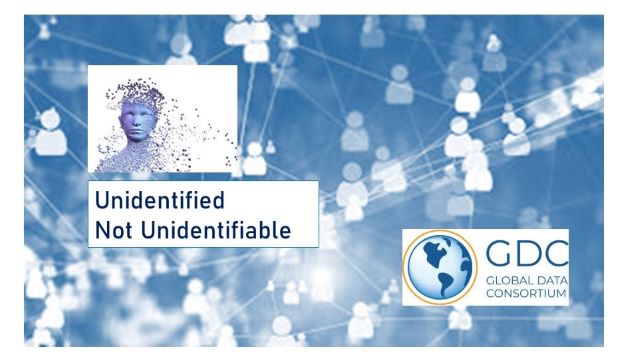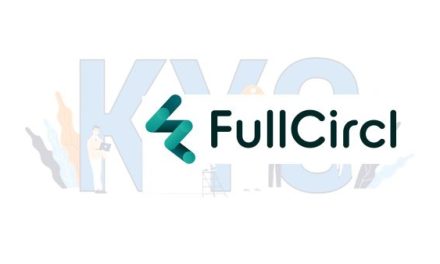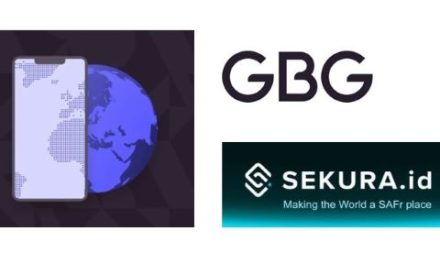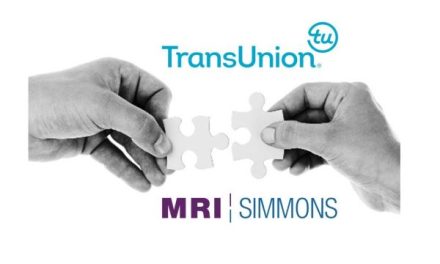Unidentified or Unidentifiable? Government Funds Delayed Because of ID Verification Troubles
Vaccine rollouts and open businesses are showing people the light at the end of the tunnel. However, many people still have a long way to go. Those that qualify for unemployment benefits, tax returns, stimulus checks, and other government allocated funds are experiencing delays because of hiccups in the identity verification system. The current, document-based verification process is slow and full of friction, and many states are seeing a 30 percent fraud rate during identity verification on unemployment claims. Are these claimants just unidentifiable? Probably not.
Double Check, Triple Check, Quadruple Check?
Customer Due Diligence (CDD), the process that enables the review of high-risk countries, individuals, or companies, is the reason for these hold ups. In this case, the government must take all precautions to ensure they are sending funds to only the right people. Unfortunately, CDD has a number of costs associated with it.
According to Thomson Reuters, the addition of CDD into standard processes could add up to 15-30 minutes of extra time per case. That may not sound like a lot on face value, but it adds up. Further, it could cost U.S. companies up to $287 million dollars annually.
The Verification Struggle
The government’s current method asks claimants to create an account and upload a picture of a valid form of ID. If this doesn’t work, however, claimants must engage in a video chat with a representative from the company to confirm their identity. Support lines are busy, wait times are getting longer, and many have not received their desperately needed unemployment benefits after weeks, or in some cases, over a month of waiting.
A 46-year-old mother of three was rushed to the hospital for extreme COVID symptoms but made sure to take all the unemployment documents she needed to keep calling about the $20,000 in unemployment the state owes her.
One man in Nevada had all his documents ready but lacked an up-to-date address on his utility bills. To show proof of the update to the video interviewer, he had to bike to the UPS store to print out a physical copy.
As exemplified above, identity verification is often one of the biggest sources of attrition in the onboarding funnel. Too little verification, you might reach an undesired or fraudulent person. Too much friction, and you might cause a prospect to abandon their onboarding process. Asking prospects to submit documents for verification is tedious, time consuming, and requires a person to trust your organization in handling sensitive, information. Furthermore, many individuals in low socioeconomic populations lack access to identifying documents such as driver’s licenses, social security cards, or even multiple pieces of mail confirming the same address.
Unidentified, Not Unidentifiable.
The thousands of claimants experiencing long wait times and locked accounts are not necessarily unidentifiable. Surely, there is information that can confirm who they say they are. Unfortunately, it may take different methods of verification to confirm thin-file claimants.
Electronic identity verification uses personal information such as name, date of birth, or national ID from various data sources such as mobile carrier databases, judicial registries, utility provider records, consumer and subscription records, and more to quickly confirm if an individual is who they claim to be. Electronic identity verification has many benefits:
- Little to no wait times
- Little to no friction for users
- Up to date information
- No manual review
- KYC compliant
- Reduced fraud
Global Data Consortium’s eIDV solution, Worldview, utilizes local data providers with real-time identity data that complies with Anti-Money Laundering, Know Your Customer, and other data privacy regulations.
The best way to give customers a smooth identity verification experience is to approach your verification solution from all sides. Although eIDV is typically the first line of defense for customer validation due to its low-friction and and faster nature, there are many methods of identity verification. Layering document, biometric, email, and other verification solutions after eIDV to maximize the user experience and optimize customer onboarding can be the key to creating a KYC strategy that sets your company apart.
 About: Global Data Consortium is a data-as-a-service company that delivers real-time, locally sourced identity and business verification for financial institutions, age restricted services, ecommerce, regtechs, and more around the globe. From swift customer and business identification for online account opening to identity verification for global money transfer to verifying ages for online gaming and age-restricted commerce, our local data providers reach deep into their markets to find unexpected sources of identity information, confirming anyone from thin-file clients to prominent persons of interest. Beyond the product itself, our Consortium of data providers, channel partners, and customers supply a continuous flow of knowledge and meaningful connection.
About: Global Data Consortium is a data-as-a-service company that delivers real-time, locally sourced identity and business verification for financial institutions, age restricted services, ecommerce, regtechs, and more around the globe. From swift customer and business identification for online account opening to identity verification for global money transfer to verifying ages for online gaming and age-restricted commerce, our local data providers reach deep into their markets to find unexpected sources of identity information, confirming anyone from thin-file clients to prominent persons of interest. Beyond the product itself, our Consortium of data providers, channel partners, and customers supply a continuous flow of knowledge and meaningful connection.
About the Author: Tanvi Tapadia, Integrated Marketing Specialist at Global Data Consortium. She can be reached at: tanvi@globaldataconsortium.com


























